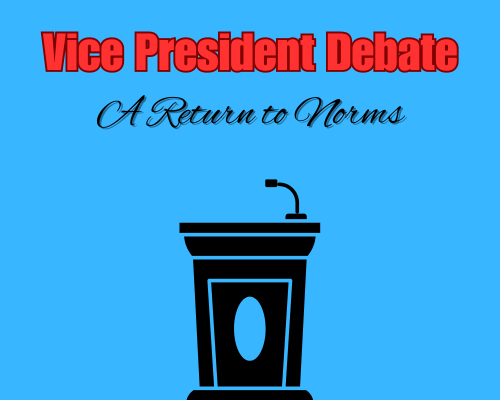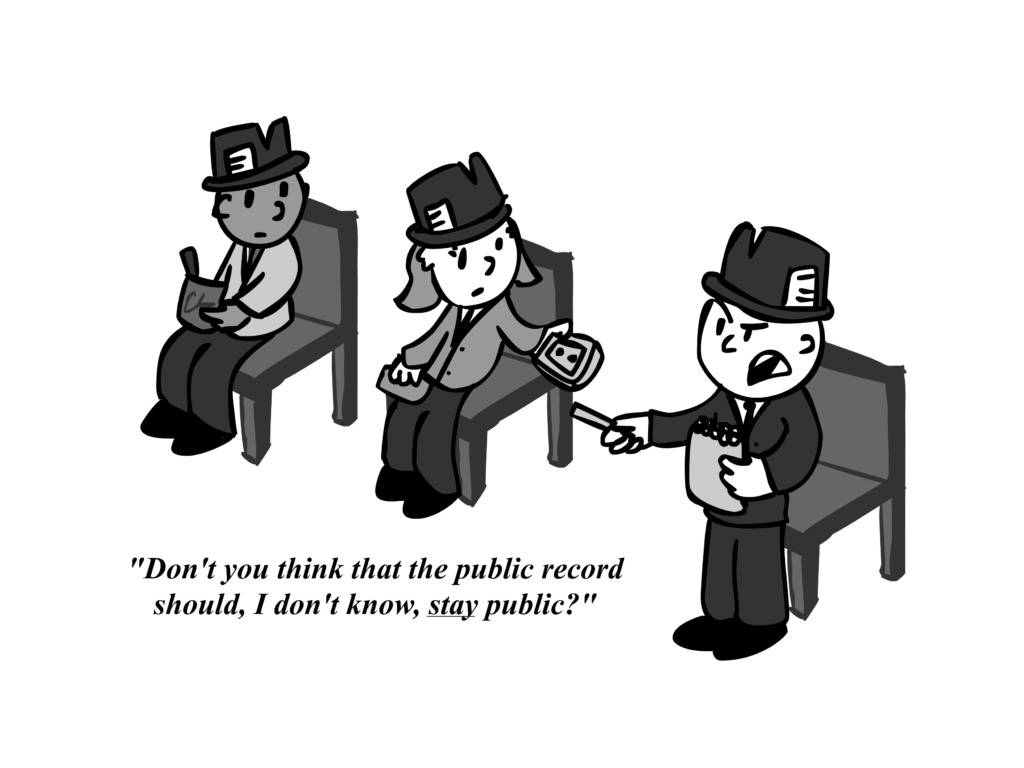Myspace used to rule a lot of people’s lives. The ones of us who chose to openly admit it, though, are very few and far between.
Once I discovered that this method of communicating with friends was available, and that my parents couldn’t see it or know how to access it, I was caught up in the world of angsty teens and HTML almost instantly.
Whether it was me coding my profile for the third time that week or writing on my friends’ walls, I devoted much of my young teens to this website.
Why Myspace? Myspace gave many of us as young adults an outlet to fully express ourselves and say what we wished to say, without the backlash of our parents monitoring or controlling it.
I remember how awesome it was to post a blog on Myspace about how mean my parents were for getting me the regular Gameboy Advance and not the special edition silver one that I had asked for and they would never find out about it.
Most teens’ emotional and artistic outlets transformed from notebooks and sketchbooks to Myspace posts and HTML overnight.
Then the whole game changed. Facebook hit the scene and blew Myspace out of the water, resulting in millions of teens and young adults storming the social network scene for the networking and communication benefits.
But here’s the thing: long lost are the days when you can simply post anything you want about anybody and not be scared about who would see it and what would result.
Social networks have totally transformed from an online personal outlet into almost a social fingerprint.
Not following me? Think about this. What kind of pictures do you post on Facebook?
What kind of tweets do you choose to send out to your followers?
The selection process of what you do and do not post on the Internet is all proof of the claim that the social media game is changing, and fast.
Nowadays, several prospective employers will look over an applicant’s Facebook and Twitter to see how they portray themselves to the public.
It makes social media no longer exclusive to your friends. Now if it’s online somewhere, the whole world can see it. Until lately, social media was a thing that was just for kids and college students.
As the older generations continue to hear about how they can connect with old friends and keep tabs on their families, they begin to invest their time into social media accounts.
Not only are the older generations jumping on the social network bandwagon, the opportunity for online advertising has pulled most businesses into social media.
ninety-two percent of businesses utilize LinkedIn, 66 percent have Facebook profiles and 54 percent use Twitter. These numbers will only continue to rise as they have in the last five years.
This shows how businesses are beginning to expand their efforts for communication, marketing and advertising by utilizing the massive trend of social networks where a majority of people, including myself, spend a large amount of time.
On my phone right now, I have five different social media apps and I use each one of them daily. Smartphone apps have taken social media to a whole different dimension by being able to access them wherever there is an Internet connection, and since the creation and implementation of 3G, that is anywhere.
This establishes the opportunity to have around-the-clock access to the trend of social media, regardless of your location or what time it is.
Since social media has changed since the beginning, it’s time to re-evaluate the actual definition of social media. Back in the early 2000s, the most you could do was post blog updates and share some music and pictures that you wanted friends to see. Then, as time progressed, you saw other social media sites that planned on accomplishing different things.
Social media began to broaden and become more elaborate all while borrowing things from other social media websites to become the “next Myspace.”
Facebook did just this; it used a culmination of all the successful things that other established social media had done and it combined it all under one website.
From there, Facebook grew from blog posts and pictures to virtual games that take real life currency and an additional level of peer-to-peer communication.
Social media isn’t just for kids anymore. Matter of fact, adults who don’t utilize social media are looked at as “behind the curve.”
One thing I do believe is that Facebook won’t be the end of it.
Several new social media platforms pop up often to try and be the “new Facebook” just as Facebook had done to MySpace.
Each new social network knows how not only do individuals love the idea of social networking, but businesses funnel millions and millions of dollars into advertising on social networks so that people will see it regularly.
This will lead to less user-oriented social media networks as these new sites will begin to cater to the needs of businesses seeking online advertising and ultimately lead to a whole new era of business-oriented social networking.
So of course, the game will keep on playing.
All we can really do is hold on tight.
Column by Zac Garrison, junior from Franklin, Ky.































































































